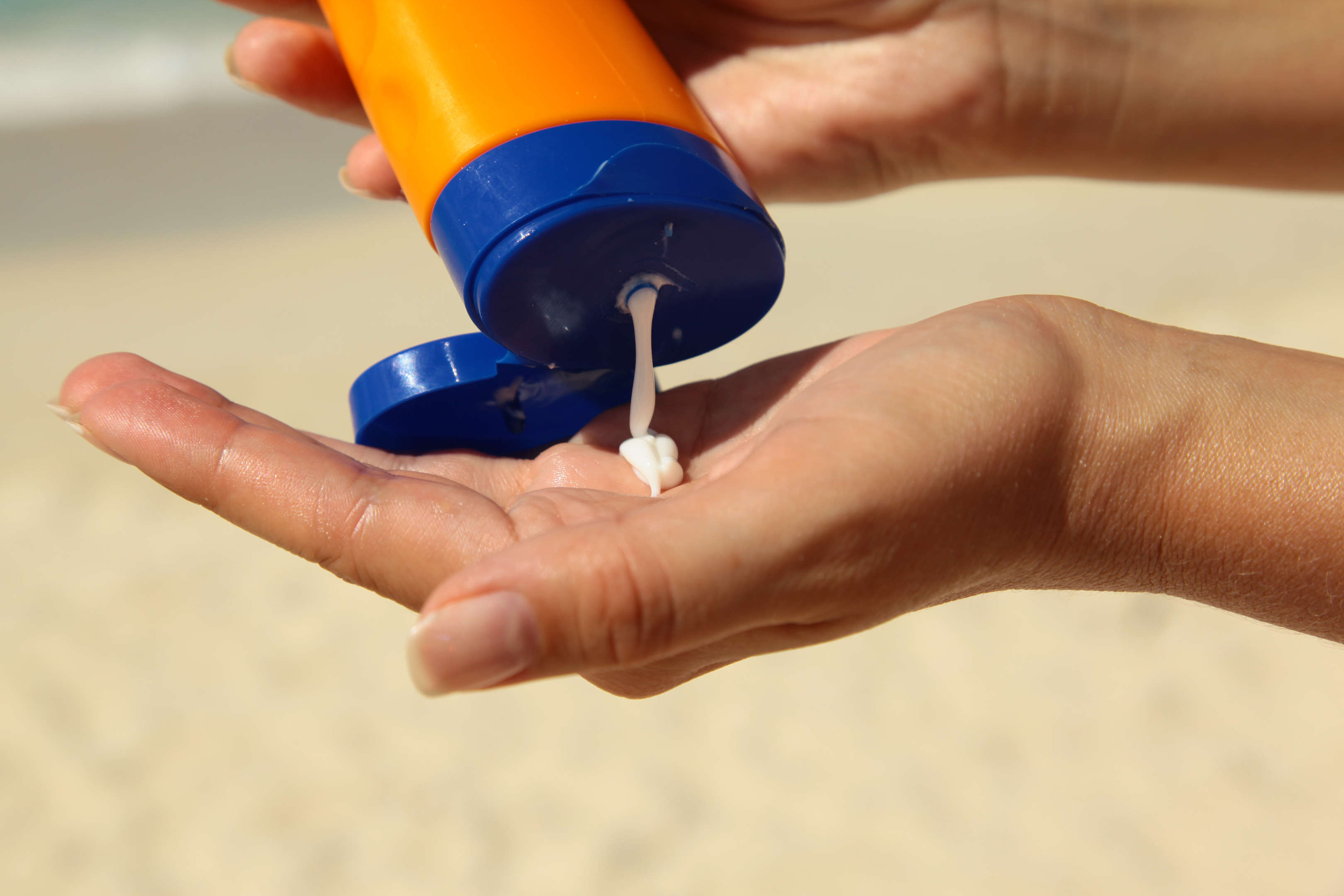
PEOPLE are being warned to wear sunglasses to help protect against skin cancer after research found sunbathers generally forget to apply sun cream to key areas of their face.
A new study on 57 people presented at the British Association of Dermatologists’ annual conference in Liverpool found that people fail to put sun cream on a tenth of their face on average.
This is despite the face being a very common site for skin cancer.
More than 90% of basal cell carcinomas – the most common cancer in the UK – occur on the head or neck, and between 5% and 10% of all skin cancers appear on the eyelids.
Experts warned that a failure to apply sun cream – together with warnings on sunscreen bottles to avoid the eye area – were putting people at risk.
In the study, experts from the University of Liverpool asked participants to apply sun cream to their face but were given no further instructions.
A UV-sensitive camera was used to take before and after photos of where the sun cream had been applied.
On average, people missed 9.5% of the whole face – most commonly the eyelids (13.5%) and the area between the inner corner of the eye and the bridge of the nose (77%).
Even when participants were told about skin cancers of the eyelids, there was only a slight improvement in application, with 7.7% per cent of the face left unprotected.
As a result, experts said people should take extra precautions, such as wearing sunglasses.
Dr Kevin Hamill of the University of Liverpool, one of the researchers, said: “It’s worrying that people find it so hard to sufficiently apply sunscreen to their face, an area which is particularly at risk of skin cancer due to the amount of sun exposure it receives.
“Perhaps the most important thing to take away from this research is the importance of sunglasses.
“Most people consider the point of sunglasses is to protect the eyes, specifically corneas, from UV damage, and to make it easier to see in bright sunlight.
“However, they do more than that – they protect the highly cancer-prone eyelid skin as well.”
Matthew Gass, from the British Association of Dermatologists, said: “As sunscreen is one of the main protections against UV damage and skin cancer, it is vital that people understand how to apply it.
“Skin cancer is the most common type of cancer in the UK, and numbers continue to rise at a worryingly fast rate.”
He said people should “go back to basics”, including thoroughly applying and reapplying sun cream with a minimum of factor 30 and good UVA protection, wearing protective clothing such as a T-shirt or a hat, and sunglasses that show the CE mark and British Standard (BSEN1836).
People should also spend time in the shade when the sun is at its hottest between 11am and 3pm, he said.

Enjoy the convenience of having The Sunday Post delivered as a digital ePaper straight to your smartphone, tablet or computer.
Subscribe for only £5.49 a month and enjoy all the benefits of the printed paper as a digital replica.
Subscribe